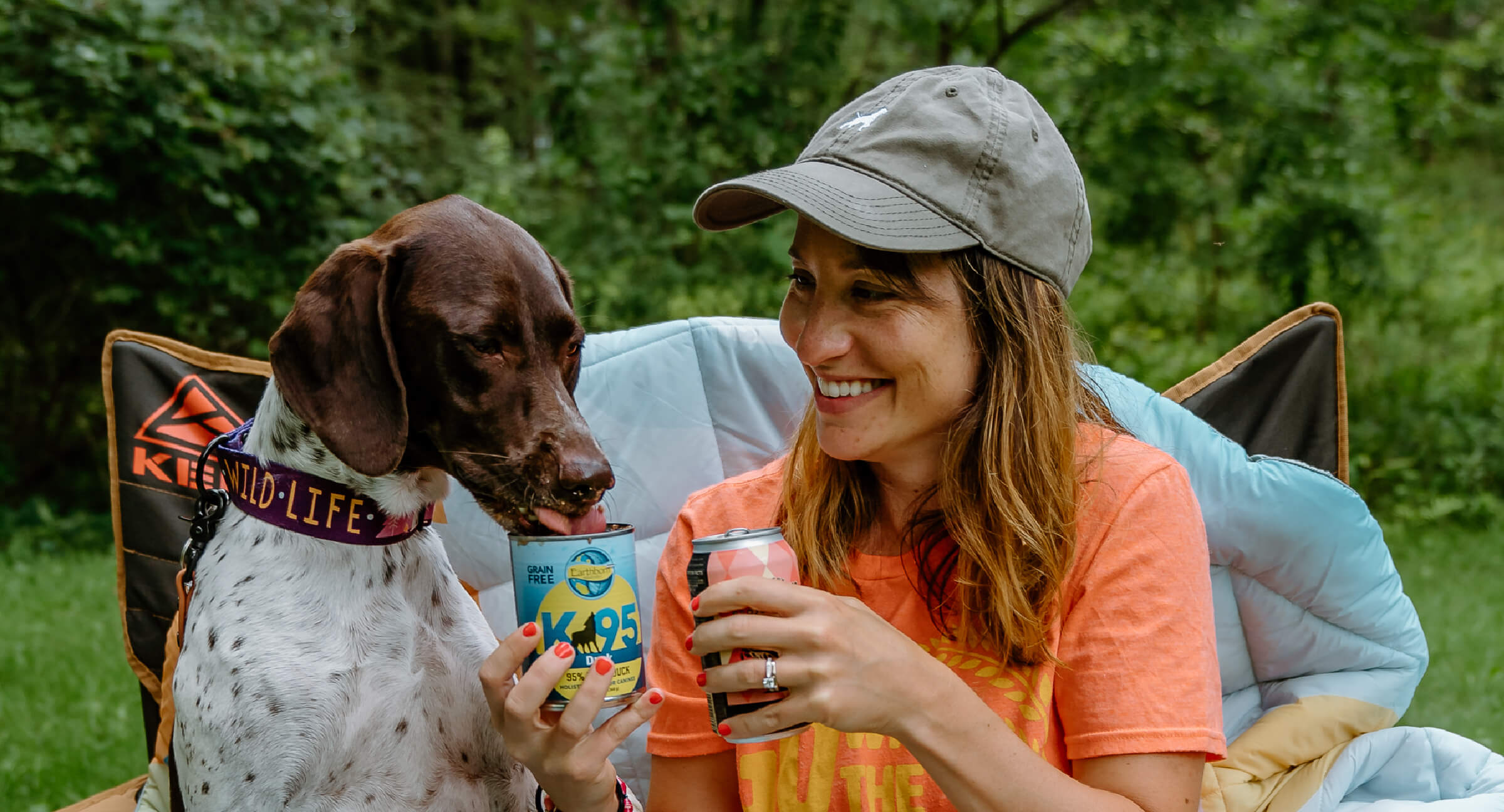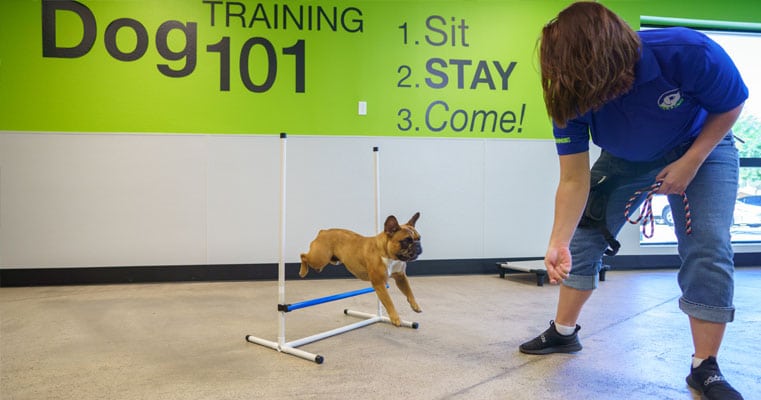Top Pet Dog Educating Methods Every Owner Ought To Know

Positive Support Techniques
Making use of favorable reinforcement methods is essential for reliable pet dog training, as it promotes a relying on bond between the fitness instructor and the pet. This technique concentrates on gratifying desirable actions instead than punishing unfavorable ones, developing an environment for finding out. Incentives can consist of treats, appreciation, or play, which inspire canines to repeat the actions that earn them these rewards.

In addition, this technique boosts the pet's excitement for training sessions. When canines associate training with positive experiences, they are more engaged and receptive. Past instant therapy, favorable reinforcement motivates a collaborative connection in between the dog and fitness instructor, lowering stress and anxiety and concern
To take full advantage of performance, it is crucial to supply incentives without delay, guaranteeing the canine connects the behavior with the support. Basically, positive support strategies not just generate better-trained pet dogs however also promote an unified collaboration in between dog and owner.
Remote Control Training Method
The clicker training approach is a very effective technique that builds on the principles of positive support by including a distinctive sound to mark wanted habits. This technique uses a small handheld tool that creates a clicking sound, allowing fitness instructors to interact with their pets in a clear and instant way. When a pet dog carries out a behavior that the owner wishes to urge, the clicker is triggered, adhered to by an incentive, generally in the type of treats or praise.
The trick to successful remote control training depends on consistency and timing. It is important to click at the specific minute the wanted habits occurs, guaranteeing that the canine connects the noise with the action and the subsequent benefit. This technique not just enhances interaction however additionally promotes a more powerful bond in between the canine and the owner, as it urges interaction and communication during training sessions.
Remote control training can be put on a range of commands and behaviors, from basic obedience to a lot more complex tricks. Its flexibility and efficiency make it a popular technique amongst professional fitness instructors and pet dog proprietors alike, leading the way for a responsive and trained canine buddy.
Leash Training Fundamentals
Effective chain training is necessary for ensuring a risk-free and pleasurable walking experience for both dogs and their owners. Dog training. Leash training ought to start early and be approached with perseverance and uniformity. Beginning by choosing an appropriate leash and collar or harness. A flat collar might function for some pets, while others may take advantage of a harness that reduces drawing.
Present your pet dog to the leash progressively, allowing them to explore it in a comfortable environment. This includes rewarding your canine for walking close to you rather than pulling in advance.
If your canine starts to pull, stop walking immediately. Wait until they go back to your side before resuming. This educates them that drawing does not bring about advance. Furthermore, technique various strolling atmospheres to assist your pet dog adapt to diversions.
Regular practice will certainly strengthen your pet dog's understanding of chain rules. Keep in mind that chain training is an ongoing procedure; persistence and consistency will certainly yield the ideal results, promoting a favorable experience for both you and your canine buddy.
Socialization Approaches
Socialization is an important facet of pet dog training that must preferably start during puppyhood yet can be advantageous at any kind of age. Effective socialization assists dogs establish confidence and decreases the likelihood of behavioral problems. To carry out effective socialization strategies, subject your pet to a variety of environments, individuals, and various other animals.
Start with regulated setups, such as young puppy classes or organized playgroups, where young pet dogs can interact safely. Gradually present your pet dog to new experiences, consisting of various noises, surfaces, and tasks. Make sure these experiences are favorable and satisfying to establish a complacency.
For adult canines or those lacking direct exposure, begin with low-stress circumstances. Short, positive communications with friendly humans and tranquil pets can develop favorable organizations. Utilize deals with and praise to strengthen desirable actions during these experiences.

Uniformity and Persistence
Identifying the value of uniformity and persistence in pet training is necessary for attaining long-term results. Training a pet dog is a steady process that calls for an organized strategy and unwavering commitment from the owner. Each command or behavior should be enhanced regularly to help the pet comprehend what is expected of them. Irregular training can result in confusion, making it challenging for the canine to understand commands or behaviors, ultimately preventing progress.
Furthermore, patience is a critical component of effective training. Pets, like people, learn at their very own see here now rate. Some might comprehend principles rapidly, while others could take much longer. It is important for proprietors to remain calm and encouraging, enhancing favorable behavior without resorting to frustration or penalty. This fosters why not try this out a relying on connection between the pet dog and owner, urging an extra enthusiastic and ready learner.
To grow consistency and persistence, develop a regular training routine, utilize the same commands, and make sure that all family participants use the exact same training concepts - Dog training. By doing so, you develop a stable setting for finding out, enabling your canine to create and prosper right into a mannerly see companion
Conclusion
To conclude, effective dog training techniques, such as favorable support, clicker training, and correct leash training, are crucial for fostering a healthy owner-dog relationship. Furthermore, implementing socializing approaches and keeping consistency and persistence throughout the training procedure adds considerably to a canine's overall wellness. By incorporating these methods, pet proprietors can help with the development of well-adjusted, obedient family pets, eventually enhancing the quality of life for both the owner and the pet.
Amongst the most noticeable methods are positive reinforcement, clicker training, and leash training, each offering distinct advantages that contribute to a mannerly canine. As we explore these fundamental methods, it becomes evident that mastering their subtleties can dramatically affect the training experience and the canine's overall habits.Using favorable reinforcement strategies is vital for efficient canine training, as it promotes a trusting bond in between the fitness instructor and the canine.In verdict, reliable canine training strategies, such as favorable reinforcement, remote control training, and appropriate chain training, are crucial for fostering a healthy and balanced owner-dog connection. By incorporating these approaches, pet dog proprietors can help with the advancement of well-adjusted, obedient pets, ultimately boosting the top quality of life for both the pet and the owner.